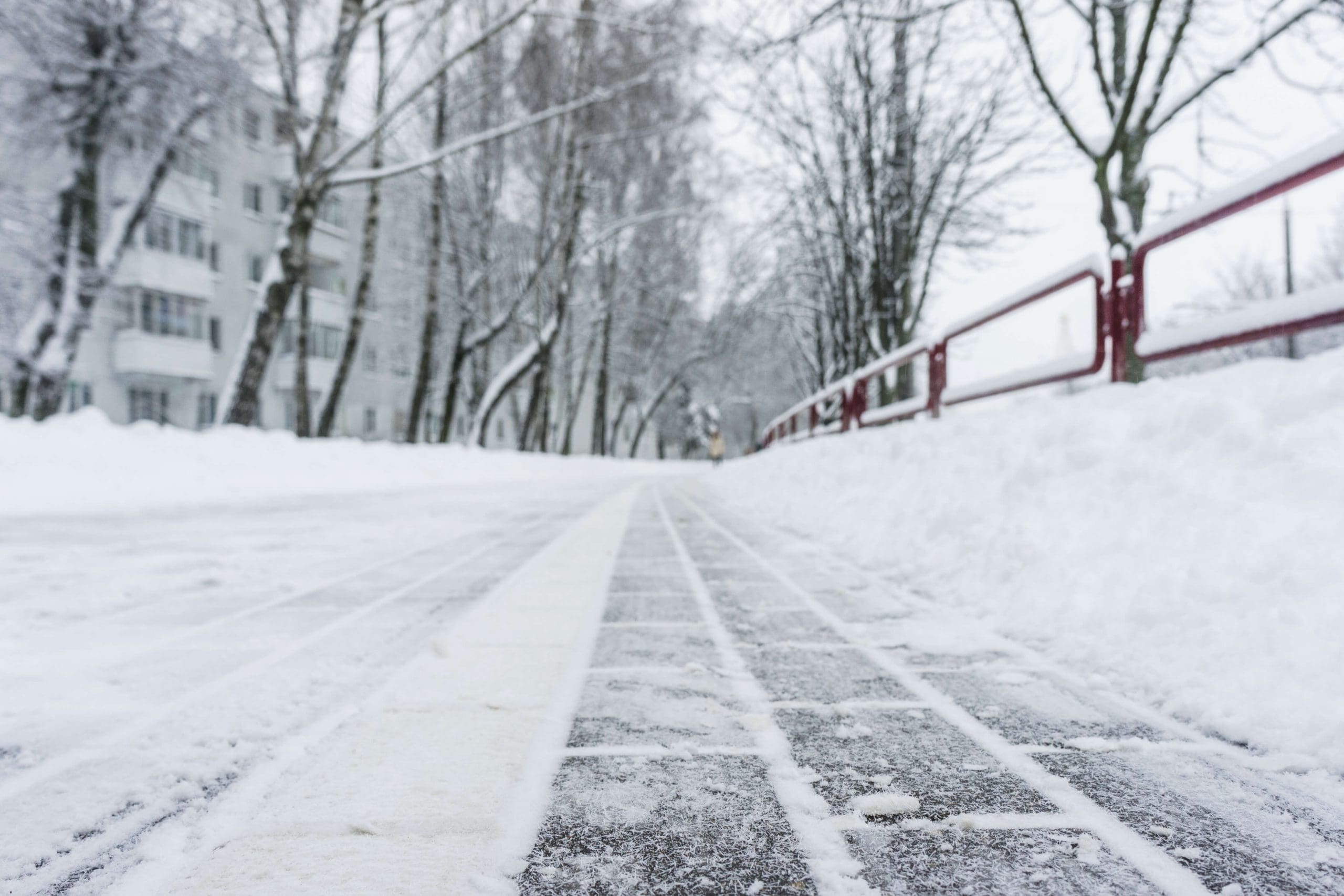
Snow removal companies are well-aware of the threats slips and falls pose their business and the repercussions that may occur if a customer slips.
But what about the crews out clearing the property when it’s at its slipperiest? While the majority of the time your crews will be able to clear a property in the cab of a machine with a plow attached, there may still be situations that call for the reliable snow shovel.
In 2014, U.S. Bureau of Labor Statistics (BLS) reported that over 40,000 workers lost time at work due to ice-related slip-and-fall injuries. Not only can workplace slip-and-fall injuries can result in one or more days away from work to recover, but also overtime for your remaining employees and increased insurance costs. To prevent slips, trips and falls this winter while out working, stress extreme caution with your crews.
Precautionary Measures
Footwear might not be top of mind when it comes to personal protection equipment (PPE) but it is crucial to wear the proper shoes when out clearing walkways of snow and ice. OSHA says a pair of insulated and water-resistant boots with good rubber treads is a must for walking during or after a winter storm.
Your gait should also change when walking on icy surfaces. While normally your step would consist of a heel strike, midstance and toe off, try to walk as flatfooted as possible on the ice as the heel strike is where you are most likely to lose balance. Make a point to take short steps and walk at a slower pace so you can react quickly to changes in traction.
Exercise caution when getting in and out of vehicles or equipment. Watch for black ice, which typically forms when it’s raining, and the air is at or below 32 degrees Fahrenheit. Sleet and the refreezing of runoff from melting snow can also create black ice. Ice can be harder to detect in your peripheral vision and on overcast days so be sure to watch the ground to subtle indications of a slippery surface.
Falling Safely
While not every slip and fall can be avoided, knowing how to fall safely can help mitigate more severe injuries.
If you feel yourself falling, bend your knees and try to fall on you side to avoid using your arms to break your fall. It is a natural response to throw your arms out, but you can also break your arm this way. Tuck your chin to your chest to prevent your head from hitting the ground.

NALP’s safety programs are produced in partnership with Rancho Mesa.

